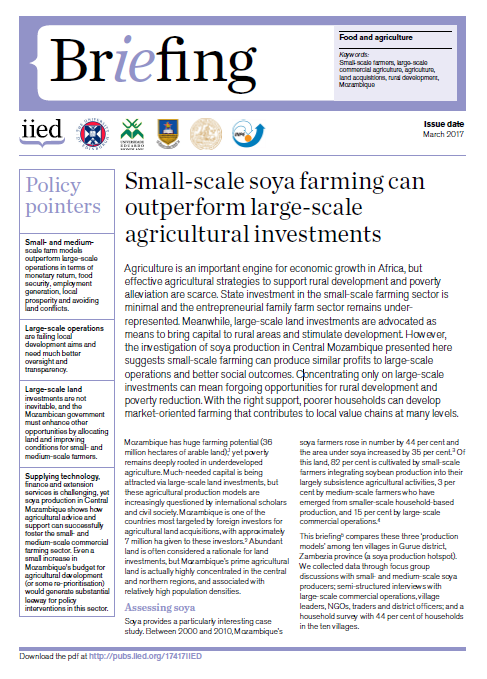Tracking Adaptation and Measuring Development (TAMD) in Mozambique
Mozambique is the 8th most vulnerable country to climate change and is one of the poorest countries in the world with a high dependency on foreign aid. The population is primarily rural and dependent on agriculture, with 60% living on the coastline. Droughts, flooding and cyclones affect particular regions of the country and these are projected to increase in frequency and severity.










